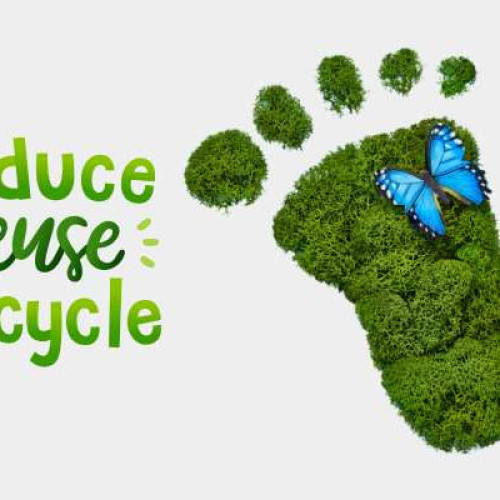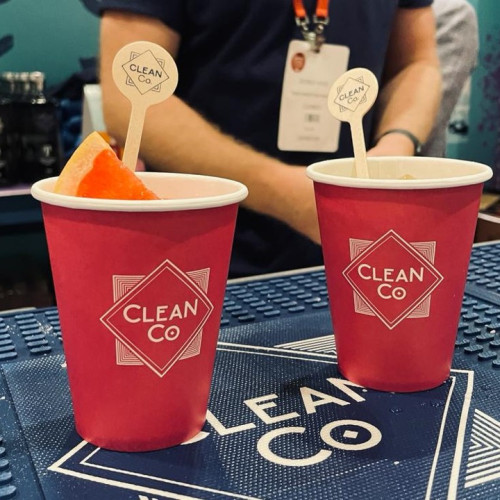Social Media: Learning the Lingo
A recent report published by Datareportal revealed that more than half of the world now uses social media (that’s right, half of the world!) with a staggering 4.2 billion active social media users around the globe. The main platforms (for now) include Facebook, Instagram, Twitter, LinkedIn, Youtube, Snapchat and TikTok, with social media marketing being heavily leveraged across all of these platforms.
Social media is constantly evolving and it’s often hard to keep up with if you’re not paying attention. There’s a lot of jargon in the marketing industry as it is; throw social media into the mix and you’ve got a whole new language in itself!
The glossary of lingo can often feel like a bit of a minefield, especially if you’re a social media newbie, but the questions on everyone’s lips are: What does it all actually mean and what should we be focusing on? What’s the difference between an impression and engagement? Are follower numbers really the be all and end all for your brand?
So, let’s dive a little deeper into the realm of terminology…
Followers
Your follower count is a key metric for seeing how your audience on social media is growing over time, but rest assured that it is not the be all and end all on social media. Keep in mind that a simple follower count only tells one small part of the story. Some other questions we should be asking is: How many of those followers are real? How many are paying attention? How many are earned vs. paid for? Let’s face it, the size of your audience on social media doesn’t matter if no one is listening!
Engagement rate
Engagement rate is a metric that tells you how much a post is motivating people to interact with it (motivating being the optimal word here) in terms of likes, comments, shares and saves. The general calculation for engagement rate is:
It’s worth noting that engagement rate is difficult to compare across social networks as what counts as an engagement, impression or reach is different on each platform. “Seeing your post” could refer to reach or impressions, while “engagements” may include likes, comments, and shares.
For example, Facebook categorises its reach into: post, page, organic, paid and viral reach. Twitter does not measure reach and instead counts an impression when a user sees a tweet, and Instagram defines reach as the number of unique users that saw a post/story on any given day.
Impressions
Impressions measure how many times your post has been shown in users’ feeds, whether it has been clicked on or not i.e. inInstagram’s ‘Explore’ page. Multiple impressions may be counted for a single user if they have looked at your post more than once. A viewer doesn’t have to engage with the post in order for it to count as an impression, therefore you may notice the number of impressions for a post may sometimes be significantly larger than your follower count.
Reach
Reach tells you how many people have seen your post. It differs from impressions in that even if your post is seen multiple times by the same person, they still only count as one person reached. Think of reach as the number of unique people who see your content.
Social media monitoring
It might seem like a silly one, but it’s very easy to become completely immersed in content and strategy that you forget the fundamental reason of the platforms themselves – to be social! Try to engage and interact with your audience on a regular basis – being regularly active ranks you higher within the platforms’ algorithms and ensures that your content gets seen by your followers regularly.
To summarise...
It’s safe to say that social media has passed the test of time and is here for the long haul. Learning the terminology, however, is like learning a new language and can often be a daunting task. If you have ever found yourself confused by any of the terminologies by industry or by platform, we’re here to help! Get in touch to discuss how we can assist you with your social media marketing strategy (and lingo!).













